That Fit Friend is supported by its readers. I [Jake Boly] run this site myself and buy the gear I review. If you purchase through my site, I may earn commissions on sales, read more here!
For CrossFit and lifting, I really like what RAD and TYR are doing in the performance footwear space. The CXT-2 and RAD ONE are both staples in my training shoe lineup and I rotate them based on what I’m doing.
The RAD ONE is my go-to for CrossFit WODs and sessions where I have running intervals programmed, and the CXT-2 has been a staple for my WODs where I’m lifting heavy and blending in cross-training elements.
In my opinion, you can’t go wrong with either shoe, but there are some key differences to know — which could lead you to the ideal pick for your specific training needs and foot anatomy. As always, the nuance is where the gains are made.
TYR vs RAD Key Points

RAD ONE

TYR CXT-2
In both of these shoes, I’ve made a point to put them through a similar test protocol. For the record, I do this with all of the cross-training shoes that I review, as this helps me better assess their subtle differences in various training contexts.
From a top-down view, these shoes are both well-rounded for lifting, cross-training, and CrossFit. The RAD ONE’s SwellFoam midsole gives them a nice responsive ride while still being stable enough to lift heavy in them.
The CXT-2’s Surge NRG Foam runs a little more densely and gives you a bit more ground feedback when jumping and doing things like cleaning. You feel a little more “planted” in this shoe when hitting heavier lifts and leg days.
Performance Analysis and Comparison
- TYR CXT-2 vs RAD ONE for Lifting: TYR takes the edge. From a pure stability context, the TYR model is taking the win here. It has less overall compression once you push past 405 lbs in squats and deadlifts. This model’s toe spring is also pretty low, which is great for grounding the toes when cleaning and deadlifting.
- TYR CXT-2 vs RAD ONE for CrossFit: It depends. For WODs where I’m jumping and running a lot, I’ll reach for the RAD ONE. It’s a lot more forgiving for running and more comfortable — dare I say “bouncy” — for double-unders and box jumps. The CXT-2 is my pick for WODs, where I’m lifting heavy and then going into conditioning work.
- TYR CXT-2 vs RAD ONE for Cross-Training: I like both for different reasons. The TYR model has a little more of what I’d call a planted feeling. For example, if you’re doing single-leg plyos and you like a more anchored shoe with more ankle support, then you’ll enjoy the TYR. The RAD ONE is better for sessions where you’re doing stuff like HIIT and high-volume jumping. The forefoot, midfoot, and heel feel better in this context from a cushioned standpoint.
- TYR CXT-2 vs RAD ONE for Short Runs: RAD ONE. The TYR model is fine for sprints and intervals where you’re hitting distances of 400-800 meters. In this running setting, you’ll be primarily on the forefoot, so the denser heel isn’t the biggest deal, in my opinion. The RAD ONE can work for a few miles, which gives it the edge here from a pure running comfort point of view.
- TYR CXT-2 vs RAD ONE for Daily Wear: RAD ONE. Look, beauty is in the eye of the beholder, but I do think the RAD model has a more “casual” look and vibe to it. This model and the Haze Trainer are two of my favorite travel-friendly shoes when I want a single model for dressing up and training.
Overall Winner: If you’re looking for max stability and have a lifting bias with your training and your CrossFit box, go with the TYR CXT-2. If you’re big on a training shoe’s appearance for daily wear, like a more versatile ride, and regularly program workouts with more jumping and running (or your CrossFit box does), I’d go RAD ONE.
That Fit Friend is a place for nuance and depth for training shoes. If you’re leaning towards one of these models, make sure you check out my individual reviews on them—I cover more details in my reviews.
As always, please reach out if you have questions. I hit literally everyone back and my goal is to get you in the right pair of shoes.
Sizing and Fit Comparison
Major retailers don’t sell RAD and TYR in-store yet, so getting your sizing and fit in these is key to avoiding the whole return and exchange process. These shoes have pretty fits, so you’ll want to cross-reference my sizing info below with your foot anatomy.
TYR vs RAD for Narrow Feet
- RAD ONE: Go true to size.
- TYR CXT-2: Go true to size.
Narrow feet, you have it pretty easy with both of these models. The RAD ONE and normal CXT-2 will align fine with your foot width, and I wouldn’t stress sizing up in either model.
The RAD ONE has a little more of a toe box taper, and the TYR is a bit more consistent throughout. If you like a more rounded toe box towards the end of your shoe, go TYR.
TYR vs RAD for Medium Feet (D-Width)
- RAD ONE: Go true to size.
- TYR CXT-2: Go true to size if you like a snugger fit. If you want a bit more toe box room, go up a half-size.
Medium feet also have it relatively easy in both of these shoes. Going true to size should be a safe call in both. However, the TYR CXT-2 can feel short for some foot athletes and lifters.
I think if you traditionally have less than a pinky’s width of space at the end of your toe box in normal shoes, then you’ll want to go up a half-size in the CXT-2 to play it safe. It is better to have a little room than to feel cramped and uncomfortable.
TYR vs RAD for Medium Feet (E+ Widths)
- RAD ONE: E, go true to size. EE, size up a half size. EEE, pass.
- TYR CXT-2: E, normal model sized up a half-size should be fine. EE+, go up a half-size and opt for the “wide” model.
The RAD’s can be hit or miss for E-EE width feet. A lot of this comes down to one’s preferences. If you don’t love tapered toe boxes, then you may want to pass on them entirely and go TYR wide or opt for something like the BP Savage 1.
In the TYR model, E-width feet can get away with the normal model if you go up a half-size. For EE+ width feet, I think the safest call is to size up a half-size and default to the “wide” option. If you need more option, peep my wide trainer list.
Construction Differences Worth Knowing
| RAD ONE |
CXT-2 | |
| Drop | 6mm | 7mm |
| Weight (size 10 US) |
12.7 oz | 12.85 oz |
| Removable Insole | Yes | Yes |
| Laces | Traditional | Traditional |
Midsole Construction
RAD ONE: The RAD ONE features SwellFoam in its midsole, which is known for its plush feel and responsiveness. This makes it an excellent choice for exercises that require agility and quick movements, such as box jumps and burpees.
The SwellFoam provides a soft landing and helps absorb impact, which can reduce fatigue during high-intensity workouts. This midsole construction is particularly favored by athletes who prioritize comfort and flexibility in their footwear.
CX-2 Trainer: In contrast, the CX2 Trainer utilizes Surge Energy foam in its midsole, which offers a denser and more stable feel. This density enhances ground feedback, making it ideal for exercises that involve heavy lifting and plyometrics.
The firmer midsole of the CX2 Trainer provides a solid platform for weightlifting, ensuring minimal energy loss and maximum stability during squats, deadlifts, and other strength exercises. While less forgiving than the Rad One for dynamic movements, the CX2 Trainer excels in providing support and stability during rigorous workouts.
Upper Construction
RAD ONE: Designed with a mesh and knit upper complemented by suede overlays, the RAD ONE strikes a nice balance between style and functionality. The mesh material enhances breathability, allowing airflow to keep feet cool during workouts. However, the suede overlays, while adding durability and support, can limit breathability slightly compared to fully mesh designs.
Athletes who appreciate a shoe with a stylish appearance that can also withstand rigorous training sessions will find the Rad One appealing. It’s important to note that the suede overlays may be prone to abrasion on rough surfaces, potentially affecting long-term durability.
CX-2 Trainer: The CX2 Trainer features a simplistic mesh knit upper that prioritizes breathability without compromising on durability. This design choice enhances ventilation, making it suitable for workouts in warmer environments or longer sessions where heat buildup can be a concern.
Additionally, the CX2 Trainer incorporates an internal toe guard, offering extra protection and durability where it’s needed most. This feature is particularly beneficial for athletes who engage in activities prone to toe abrasion, such as rope climbs or sled pushes. The straightforward upper design of the CX2 Trainer caters to athletes seeking functionality and performance without unnecessary frills.
Flexibility, Feeling On Feet, and Maneuverability
RAD ONE: The RAD ONE is designed with a bit more flexibility, offering a more forgiving feel across the foot. This is due to the softer midsole, less dense rubber outsole, and mesh/knit/suede upper materials.
Athletes who prioritize a shoe that adapts to dynamic movements and offers a comfortable fit throughout various exercises will appreciate the flexibility of the RAD ONE. The softer midsole enhances maneuverability without compromising on support, making it versatile for a wide range of CrossFit workouts.
CX-2 Trainer: In contrast, the CX-2 Trainer strikes a balance between flexibility and stability, catering to athletes who need a shoe that offers support during heavy lifting and structured workouts. The TPU overlay in the midfoot area provides stability, which is especially beneficial during lifts and movements that require controlled foot placement.
While slightly less flexible than the RAD ONE, the CX-2 Trainer has a secure fit that enhances stability and minimizes foot fatigue over extended training sessions. This shoe is ideal for athletes who prioritize a stable base and precise movement control during exercises like squats, cleans, and snatches.
Final Remarks: Which Should You Buy?
When you buy either of these models, I can’t stress enough to make sure you keep them clean and try to limit destroying the packaging when opening and trying them on.
This will help with the return process to ensure you can easily swap the shoes out or exchange them if you need them. I only heed the warning here because sometimes I open my shoe packages like a raccoon, and then it makes returns more of an issue.
Which Should You Go With Rapid Fire
- Want maximal midsole stability for lifting? Go TYR.
- CrossFit box program WODs with a lot of running? Go RAD.
- CrossFit box program a lot of lifting/weightlifting? Go TYR.
- Do a lot of HIIT/cross-training each week? Go RAD.
- Prefer trainers with more ankle support? Go TYR.
- Do short runs pre and post-workout longer than a mile? Go RAD.
- Care about wearing a trainer for daily wear? Go RAD.
- Prefer a little more arch support? Either.
Where and How to Buy
Hopefully, this article sheds some light on which to go with based on your training needs. If you have additional questions, please reach out via the comments below or on social media!

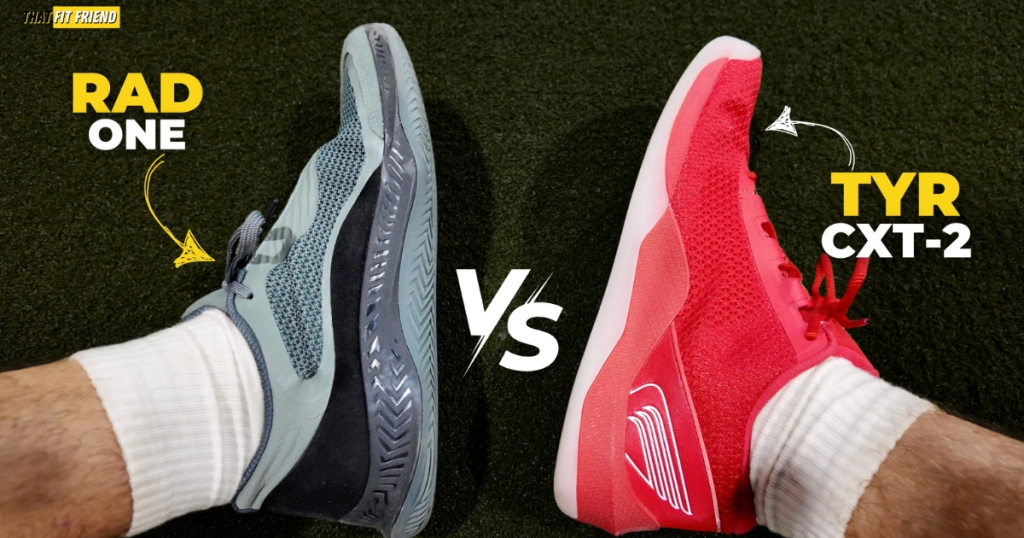
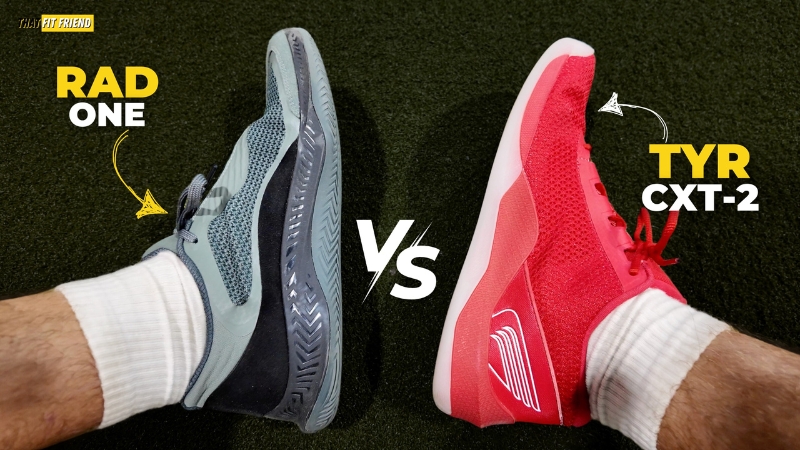



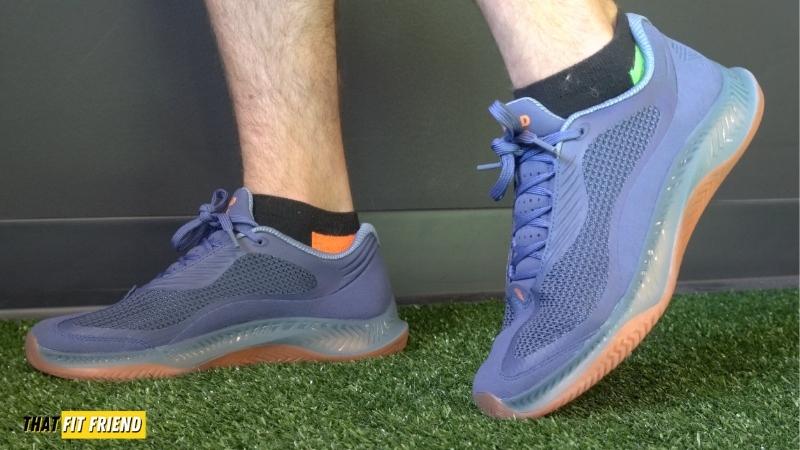



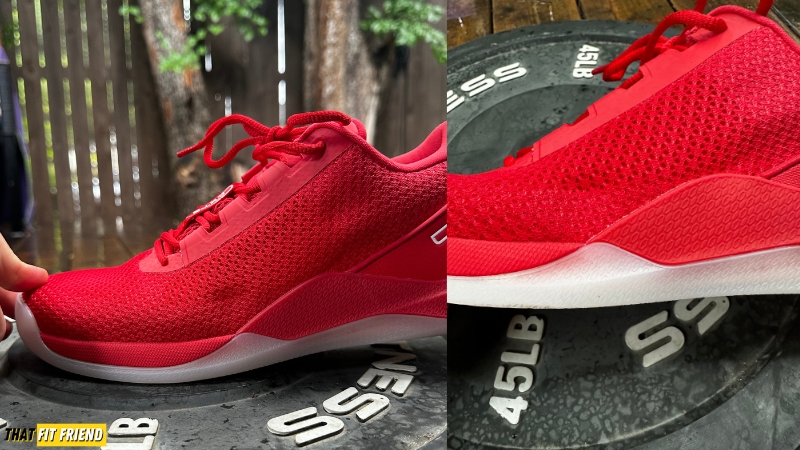

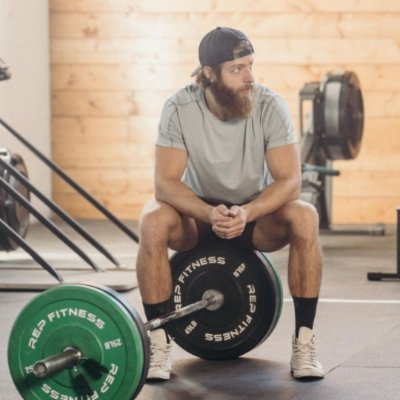
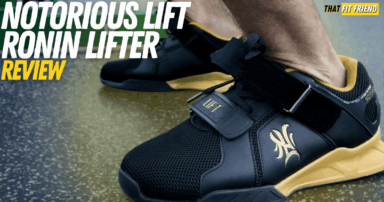



Add a Comment